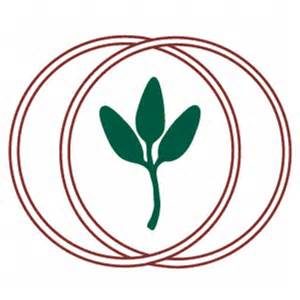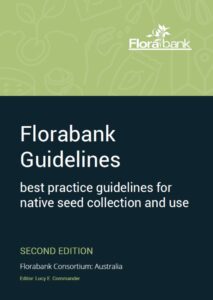Best practice guidelines for native seed collection and use
The Florabank website which hosts the Florabank Guidelines is currently unavailable. On behalf of the Florabank Consortium, we would like to sincerely apologise for the inconvenience this may have caused.
We are endeavouring to find a fix to the problem, however in the meantime, you can download the Guidelines’ Chapter PDFs here:
2. Working with Indigenous Australians
3. Approvals, Principles and Standards for Seed Collection
8. Seed Processing Post-harvest Drying, Seed Extraction and Cleaning
11. Seed Germination and Dormancy
12. Seed Enhancement Technologies
13. Nursery Propagation of Tubestock and Restoration Planting
Background
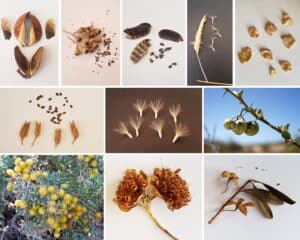
Photos: L Commander & Alice Quarmby
Seeds of native plants are needed to restore ecological communities that have been degraded and are unable to recover on their own. These communities may have been adversely affected by too frequent or too few fires, invasive species or overgrazing, or have been completely cleared, such as former agricultural fields or mine sites.
But, restoration using seed is not always successful. To guide seed-based restoration, the Florabank Guidelines were first published in 1999, funded by Bushcare – a program of the Commonwealth Government’s Natural Heritage Trust. However, since the first edition, 20 years of practical experience and research had led to new information about seed storage and propagation, advances in technology and equipment, and increased understanding about provenance.
Florabank Guidelines – 2nd edition
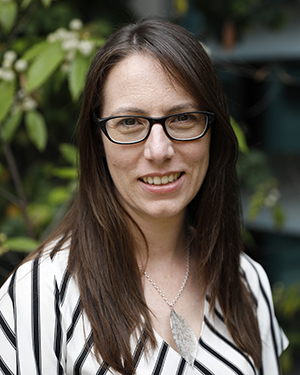
Florabank Guidelines Project Manager, Dr Lucy Commander
The 2nd edition of the Florabank Guidelines was published in 2021 to further improve best practice in the seed and restoration industries. ANPC Project Manager, Dr Lucy Commander, led a team of national and international experts to update the guidelines. This process involved forming a reference group, deciding on the list of modules, inviting authors, drafting each module, sending the modules out for peer review, incorporating the reviewers comments, and sending the content to a graphic designer for final layout. The 2nd edition was launched at the 13th Australasian Plant Conservation Conference in Albury in 2022.
All those involved in any aspect of seed based restoration, from licencing and policy, collection and testing, seeding and planting, to research and conservation are encouraged to read the updated guidelines. The modules follow each aspect of the seed supply chain: seed sourcing to collection; production areas; processing cleaning and extraction; drying and storage; quality testing; germination and dormancy; enhancement technologies; nursery propagation; direct seeding. In addition, modules on indigenous knowledge; records and databases; policy and licensing; and tips for buying and selling seed support each step in the supply chain.
The update of the Florabank Guidelines was funded by the New South Wales Government through its Environmental Trust, as part of the Healthy Seeds project, and administered by the Australian Network for Plant Conservation (ANPC). It was overseen by the Healthy Seeds Consortium consisting of representatives from the ANPC, Australian Association of Bush Regenerators, Australian Seed Bank Partnership, Centre for Australian National Biodiversity Research, Greening Australia, NSW Department of Planning Industry and Environment, Royal Botanic Gardens and Domain Trust, and the Society for Ecological Restoration Australasia.
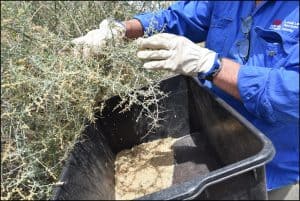
Collecting Nitre Goosefoot (Chenopodium nitrariaceum) seed. (Photo: Sue Logie)
The Florabank Consortium which oversees the ongoing implementation of the Guidelines consists of the ANPC, Greening Australia, Australian National Botanic Gardens, and CSIRO (through the Australian Tree Seed Centre). They were made available for free on the Florabank website maintained by Greening Australia (which is currently offline).
Watch Lucy’s presentation below on the update of the Florabank Guidelines
(which was to be presented at the postponed Australasian Seed Science Conference in April 2020).
You may also be interested in reading/listening to…
- Restoration Seed Ecology with Dr Lucy Commander – Steam Powered;
- Podcast: Farming wildflowers; the future of restoration and native seed;
- Dr Paul Gibson-Roy talks about seed supply for restoration projects;
- ANPC’s Australian Native Seed Survey Report released;
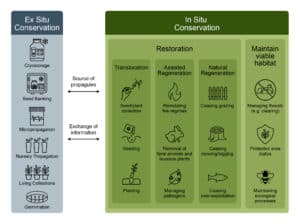
In situ and ex situ activities can support each other, for instance, ex situ research on germination can support actions like seeding and planting, and in situ seed collection can support ex situ seedbanking and living collections. (Figure prepared by Craig Miskell, CAM Graphics)
Complementary publications
The Florabank Guidelines focuses on seed use in restoration, which complements the Translocation Guidelines, which focuses on threatened plants, and the Germplasm Guidelines, which focuses on ex situ conservation.
Thanks to…
The ANPC wishes to thank the consortium of partners involved in the project and all those who volunteered their time to provide input into the Florabank Guidelines 2nd edition.
The Florabank Guidelines update was an outcome of the Healthy Seeds Project.
Follow our progress
For project updates, join the ANPC, subscribe to ANPC News (our free, monthly e-newsletter), follow us on Facebook and watch our YouTube videos.

